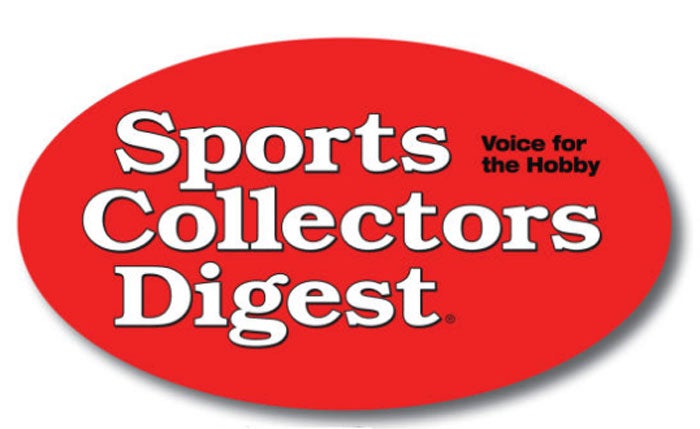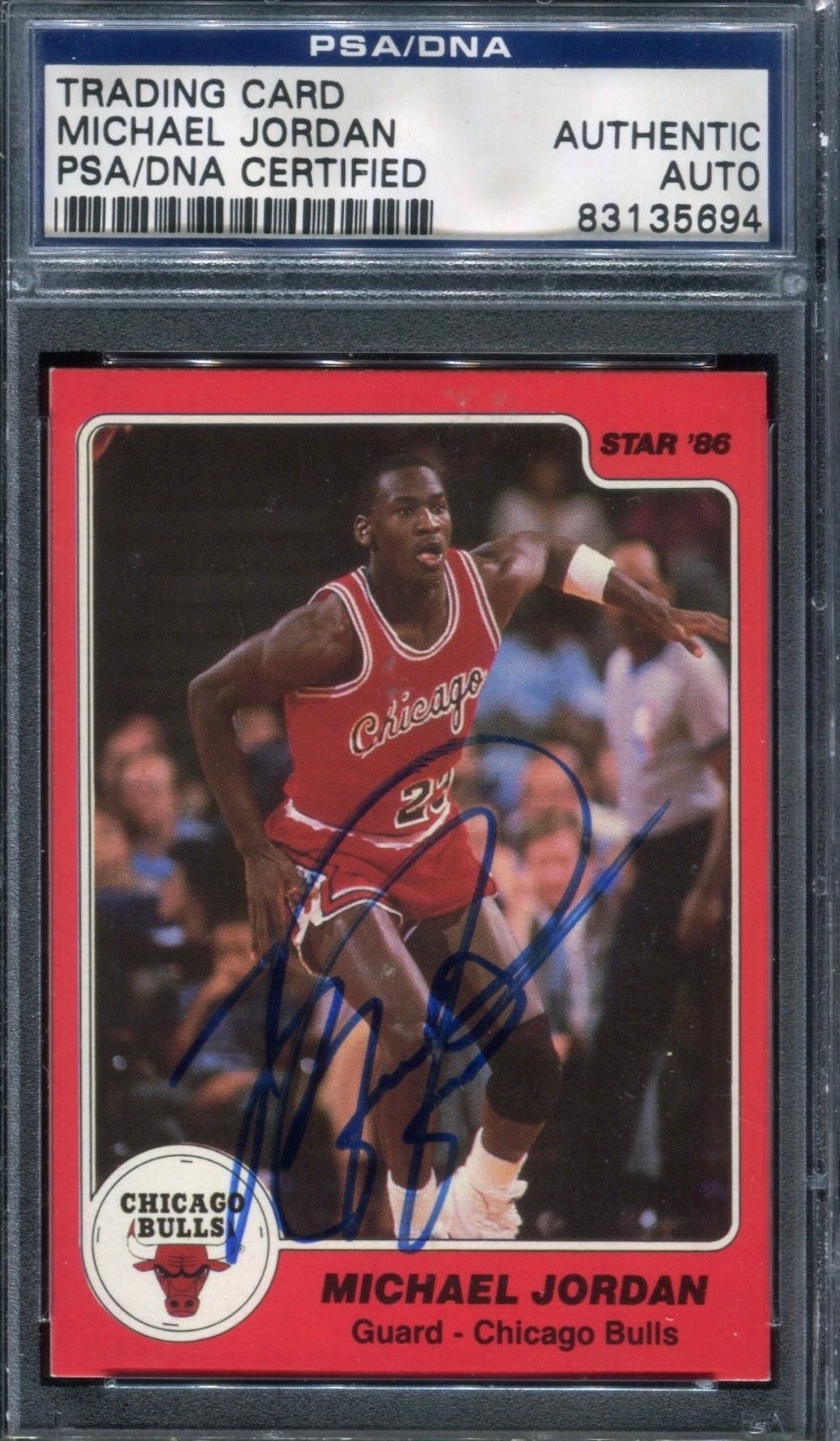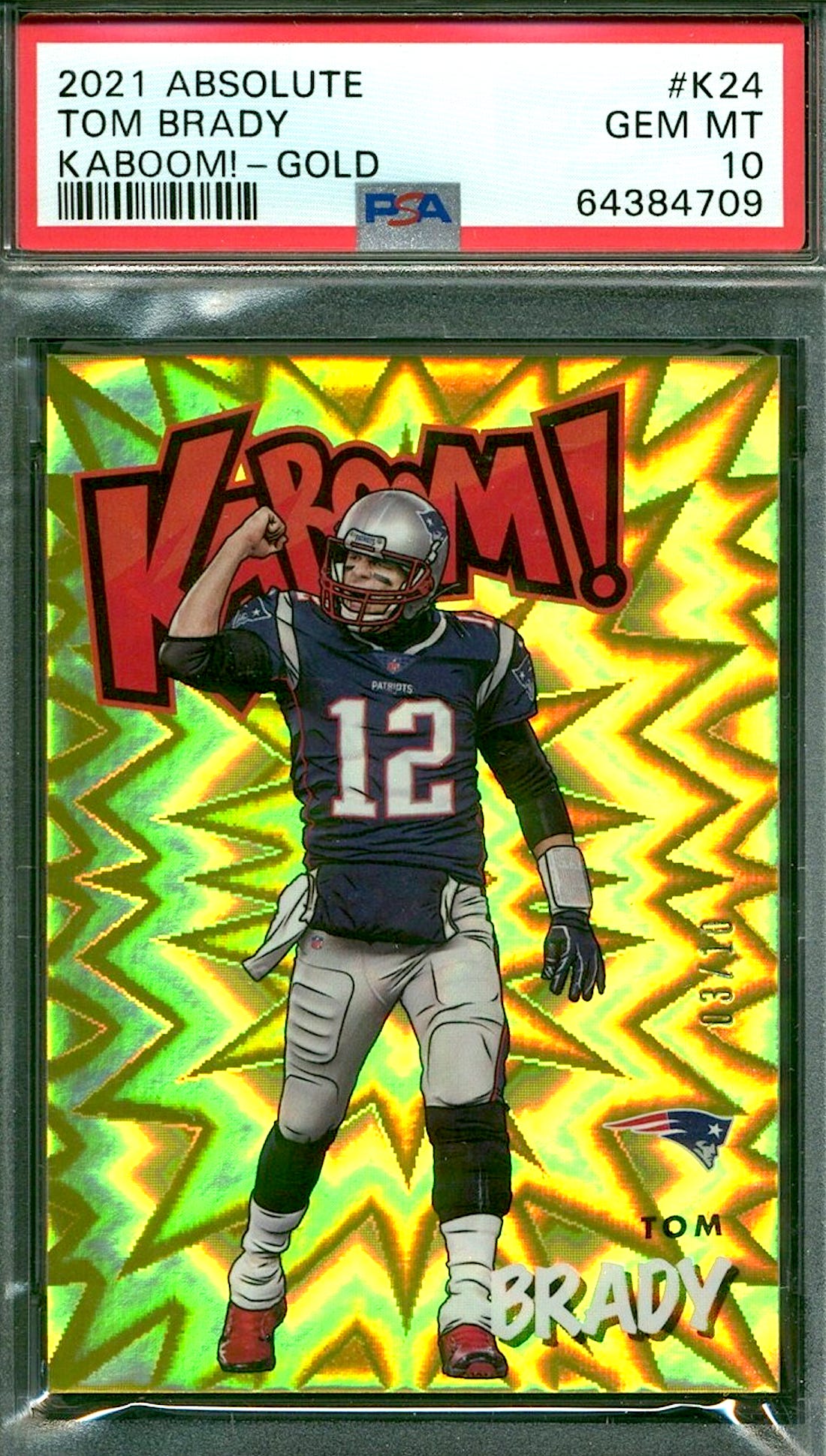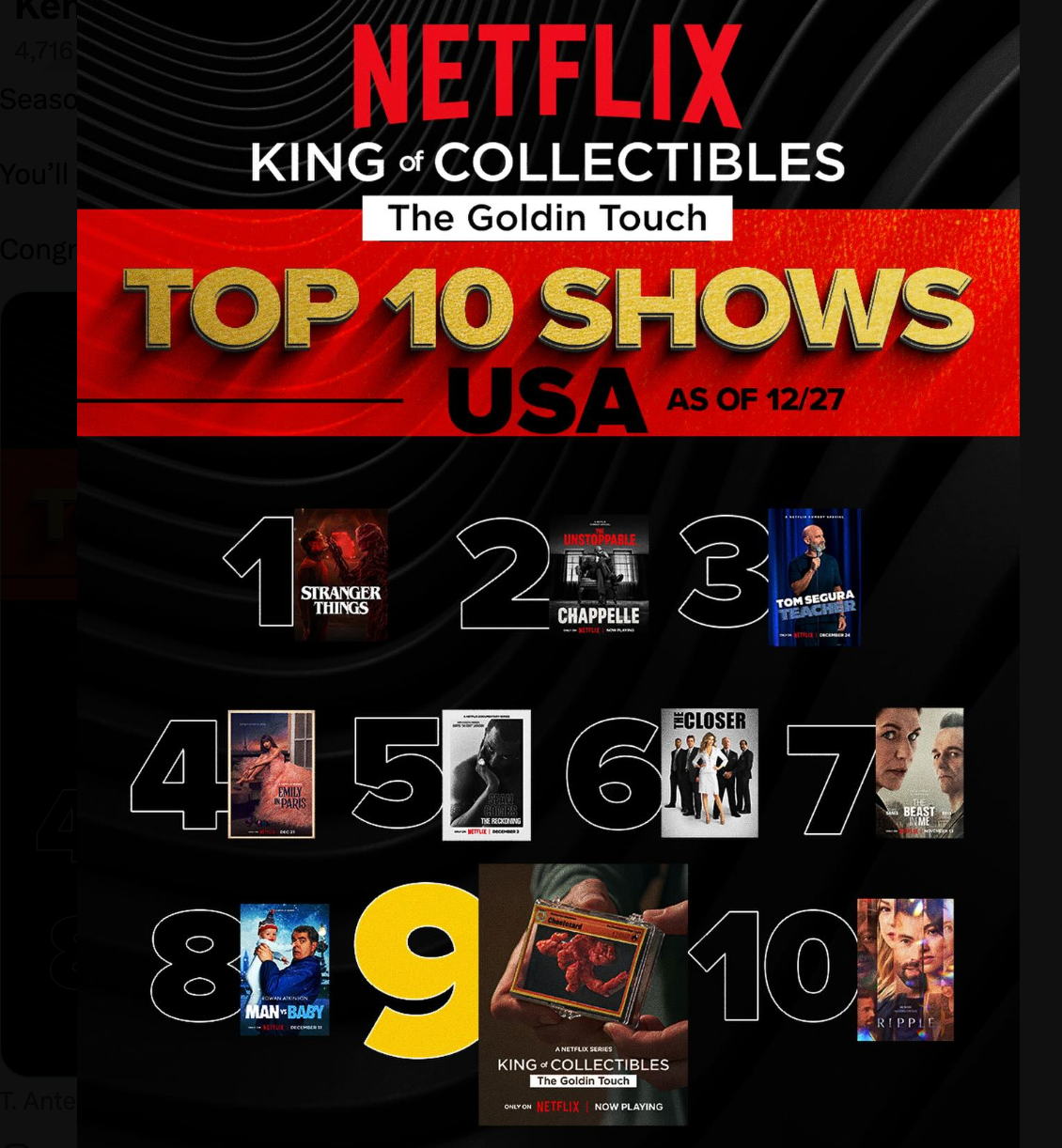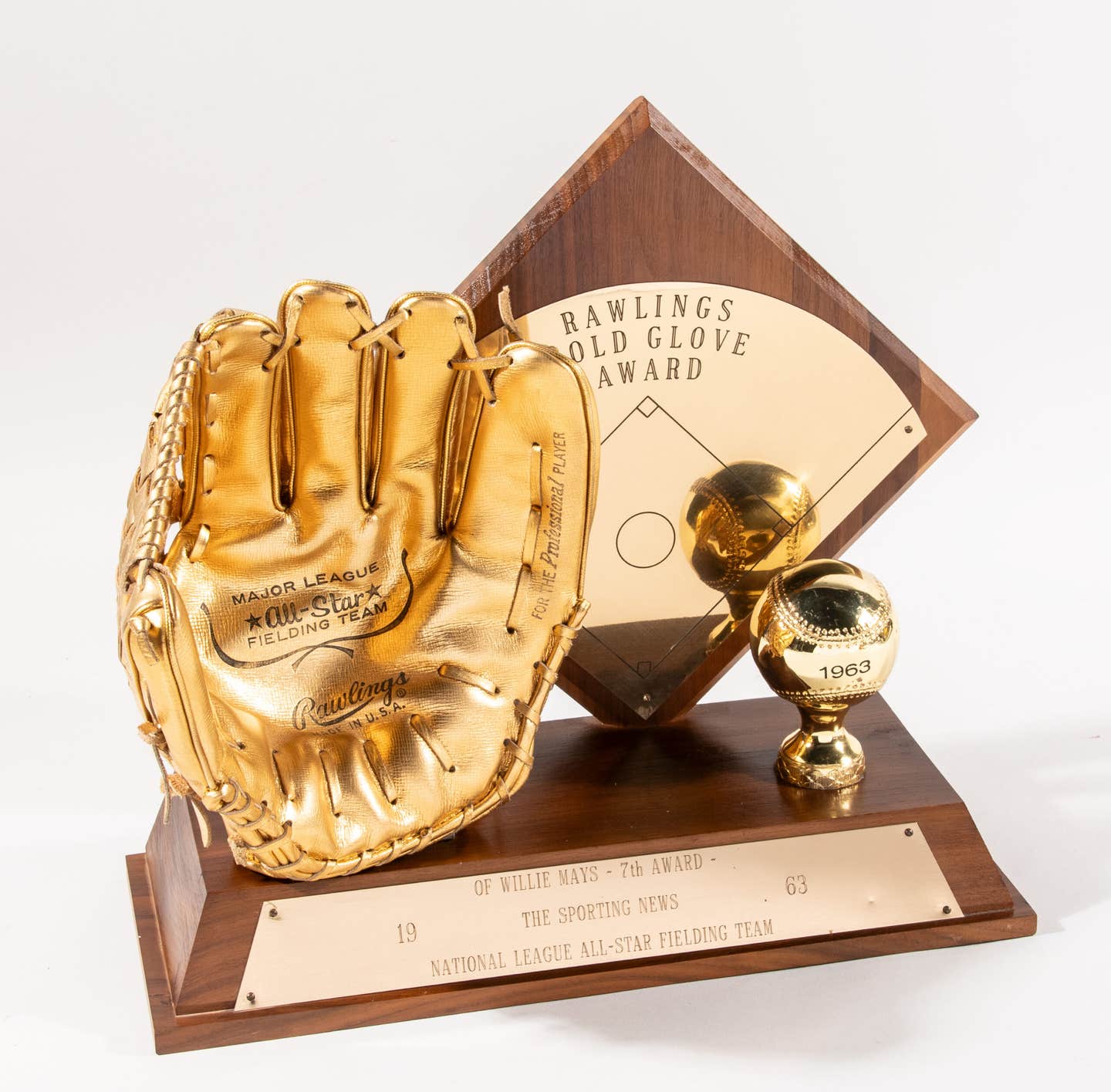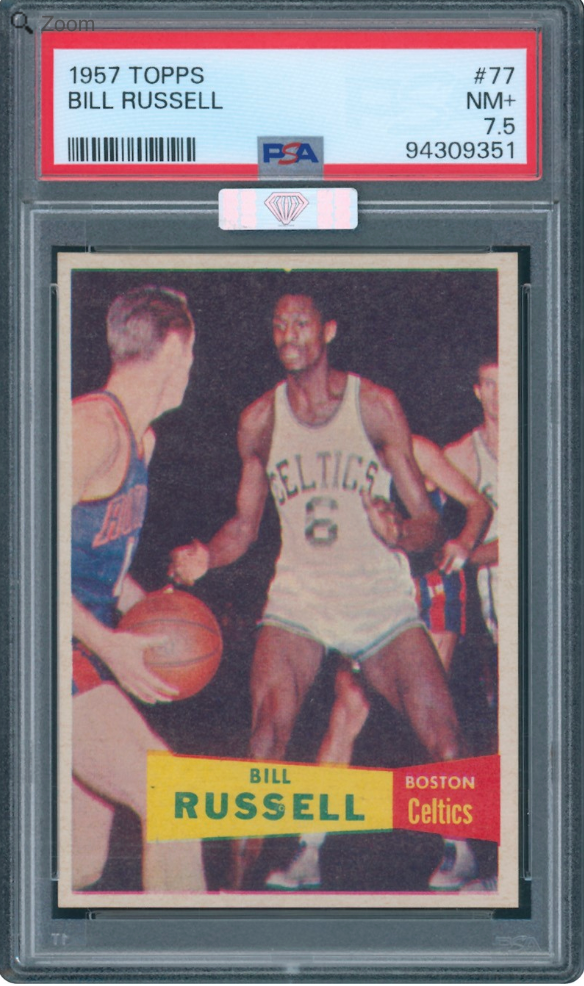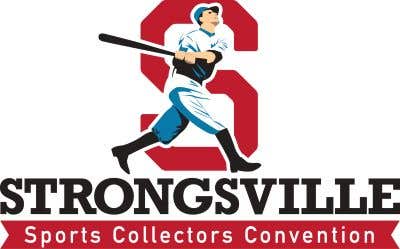News
This is Hall of Famer Bob Feller, the voice would say …
“This is Hall of Famer Bob Feller,” a gravely voice on the phone would say. The calls could come any time, they were always as unexpected as they were delightful, even on the rare occasion when he might chew out the editor of Sports Collectors Digest for this or that minor transgression. I think I got three or four of the famous calls, and I suspect that Tom Mortenson, the editor who preceded me here at SCD, probably got a few himself in his time.
(Bob Feller "Card That Never Was" custom creation 1941 Play Ball was created by TJ Dioguardi.)
Between talking to Feller on the phone and interviewing him a couple of times at some of the many card shows he attended over a 30-year span, I got to where I could do a pretty good impression of him, the only such honor ever accorded to an SCD subscriber. Of course, Bob Feller wasn’t just any old SCD subscriber.
I first met him in 1985, I think, at one of those legendary EPSCC Jersey Seashore shows at the Music Pier in Ocean City, N.J. I was there peddling O’Connell & Son Ink cards, and early on the Saturday morning, Feller just walked into the show and plopped down at the vacant table next to me and carefully spread out a stack of 8-by-10 photos on his table.
Doing a card show at that site was cool enough – literally, the breeze off the ocean underneath you was sensational – but having Feller chatting with me at the next table made it other worldly. I wish I could have recorded it or at least taken notes, but this was still a couple of years before I started freelancing for SCD and I probably felt compelled to stick to the business of hawking my own wares. But what I was really doing was listening to Feller tell stories.
I never much cared for the hobby bromide about the “only thing rarer than a Bob Feller signed baseball is finding one that wasn’t signed by him.” I’ve insisted for decades that Feller’s seemingly ubiquitous presence at card shows was truly an act of pioneering proportions. His motivations may have been simple enough – to make money – and his legendary grumpiness may have been real enough, but the result was that Feller helped to create a whole industry centered on retired players signing autographs for sums often well in excess of anything they ever made for fielding grounders.
As extraordinary as his talent was on the field, Feller was also the consummate businessman, and it was that aspect of his career that I wrote about from an exclusive interview I did with him three years ago. The story was about the historic “racial rivalry” – Feller’s own words – that described a 1946 barnstorming tour that he engineered with major league stars challenging the great Negro league ballplayers of the era.
The tour was huge, Feller insisted, calling it larger than some of the famous world tours that have claimed such a hallowed place in baseball lore. This was about six months away from Jackie Robinson’s historic arrival in the major leagues in 1947, and Feller’s tour proved to be a godsend – at least financially – for the black ballplayers, which included four Hall of Famers – as many as on Feller’s squad – led by the legendary Satchel Paige. And in a time when even the white major leaguers weren’t making all that much money, the additional money for a month-long barnstorming gig in October was welcome as well.
The question about the dollars involved may have gotten me in hot water with Feller, who declined in the interview to say how much he made on the deal, though he did say that Stan Musial got $10,000 despite not joining up until midway through the tour.
But Monte Irvin told me that both Feller and Paige had made $100,000 from the tour, which I kind of doubted but included it in the story anyway because it was good copy and Monte had indeed said it. I also interviewed one of the great Negro leagues historians, John Holway, who called the figure “inflated.”
I always kind of had the feeling that Feller might have been a bit irritated with me for reporting that number, but I never pressed the issue to find out for sure one way or the other. I do know there were no “This is Hall of Famer Bob Feller” calls over the last couple of years, but I supposed it was because of failing health.
I miss those calls.

